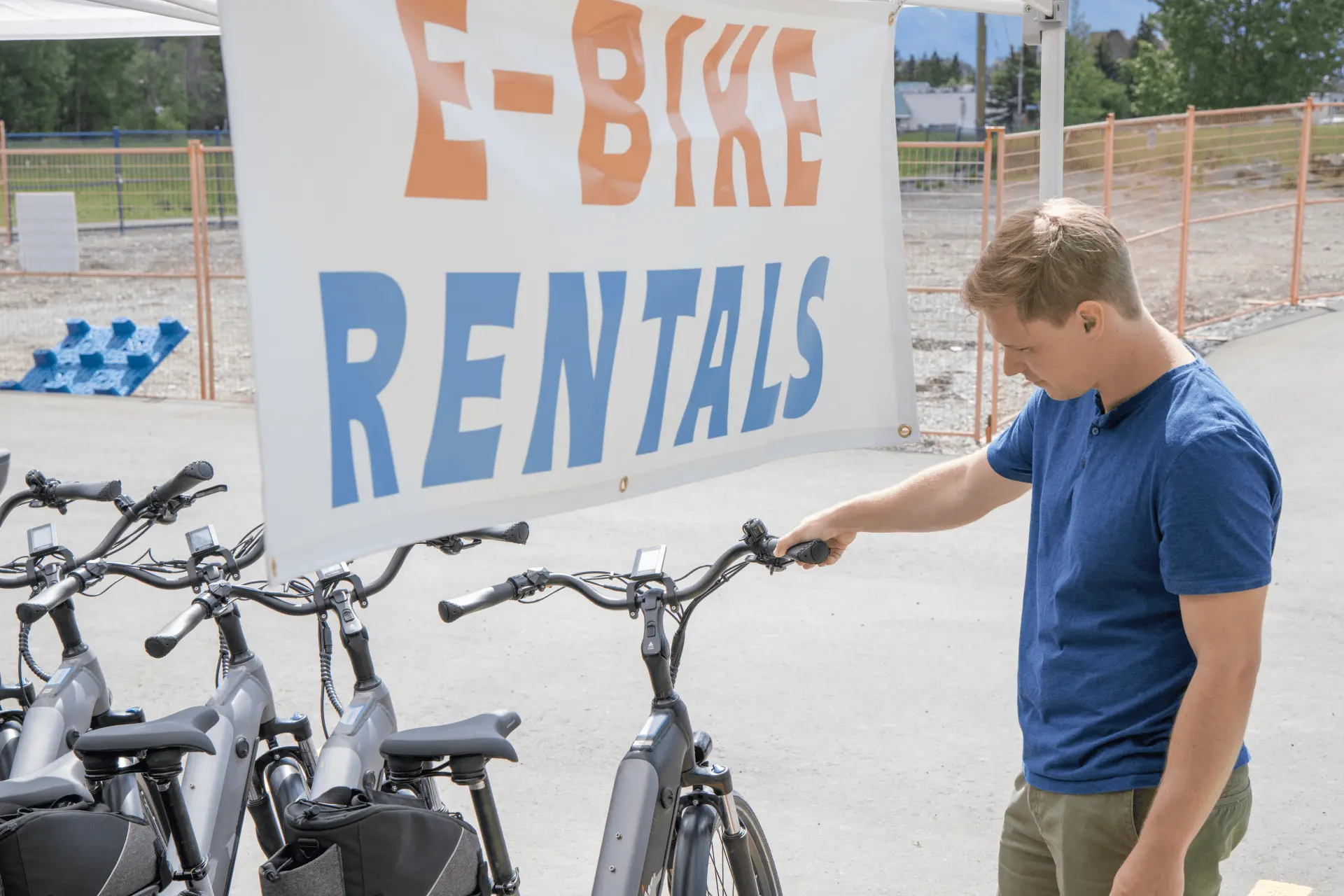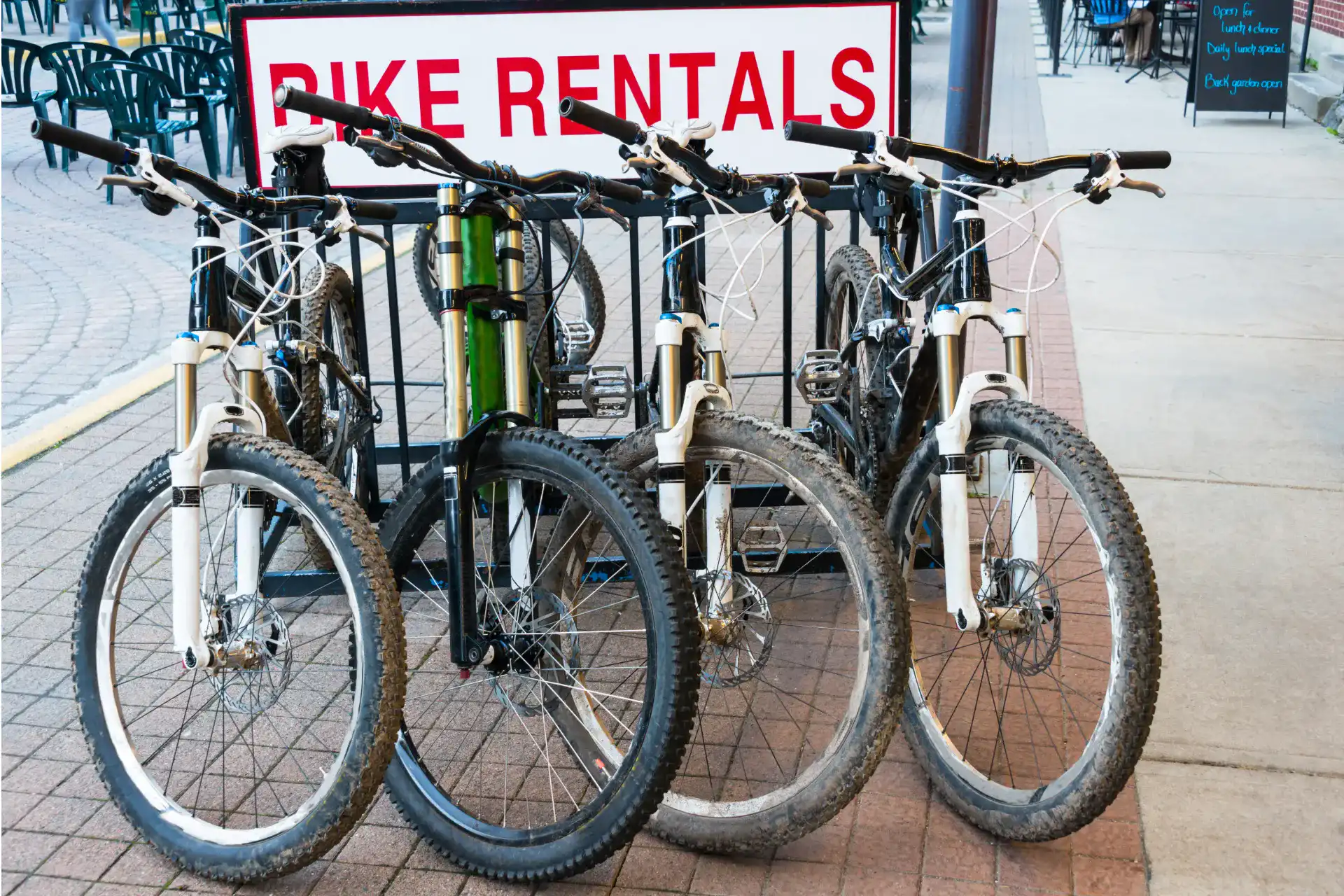As a bike rental business owner, you know your inventory is your money maker. So, it’s essential to make sound purchasing decisions that will benefit your rental business. You need to know how to get the best deals from manufacturers, when to take risks, and how to ensure you get the most out of your inventory before it needs to be replaced.
It’s also important to know when it’s the right time to buy new stock and sell your old stock. Small mistakes can have significant consequences when running a bike rental business, so this information is crucial for any new and growing company. This guide will discuss the best practices for buying new inventory and what to do to get the most out of your old inventory.
4 best practices for buying new bikes
Buying new bikes for your rental business can be daunting. It is often a significant purchase that can leave you feeling nervous. However, there are some things you can do to make sure you get the most out of your new bikes. So let’s look at four best practices you need to know when it comes to purchasing new bikes for your rental business.
1. Know when to buy new bikes
When it comes to replacing your existing bikes, it can be tempting to do it as little as possible. Many bike rental businesses will only purchase new stock when existing bikes are on their last legs. However, this can often lead to less profitability and using old stock alongside new stock. This is not only bad for revenue but also bad for the experience of your customers.
The way people view your business is based on customer service and the products you rent out. It is easy to optimize your customer service to give customers the best experience, but if that is combined with outdated bikes, they’re less likely to recommend you to others. This is why it is essential not to let your bikes get too rundown and replace them more often.
2. Have a plan for new stock
Purchasing new bikes is a significant investment for your business, so you must ensure you’ll get the most out of them. It is crucial to have a plan for the next 12 months that will not only justify your purchase but also help you to grow your rental business. For example, if you stock a style of bike that you know is popular with customers, you could consider purchasing more.
This plan will consider not only your existing performance but also your goals for the upcoming year. This could include how many visitors you expect, what your marketing strategy is, the maximum capacity of your store, and whether you need to hire new staff. All of these contribute to your expenses and expected revenue, so they must be considered when buying new stock.

3. Get the best deals from manufacturers
Getting deals for new stock from manufacturers can be difficult, especially regarding new products they are preparing to launch. So, you need to know how to negotiate and get the best prices possible. You should do everything possible to put yourself in the best position to make deals. This starts by creating a pitch with data and persuasion techniques to back yourself up.
When creating a pitch for manufacturers, it is essential to remind them that you are a marketing tool for their products. Hundreds of people will experience their bikes through your rental business. This is something you can back up with data from previous years as well as the upcoming year. The second part can be very strong if you’re in a growing tourist area.
4. Be careful with end-of-life products
It can often be tempting to purchase discounted stock from manufacturers that are at the end of their life or in low demand. You may get a huge deal, but you must consider the usage and money you can get from them. If a manufacturer struggles to sell stock to customers and companies, it’s usually because they are outdated or people aren’t interested in them.
This can indicate that they won’t perform well for your rental business, and you may struggle to move them when it comes to replacing them. However, if you have a plan and know the risks, you can certainly try to make it work. For example, if you expect an increase in customers over a couple of months and need more stock that you plan to sell soon after, it might be worth it.
Start your rental business for just $29/month
Put your toes in the water and test the demand in your area with a rental website for just $29/month.
4 best practices for selling old bikes
Selling your old bikes can be equally challenging without a plan and not knowing the best practices. It is essential to know when and how often to replace your inventory, how to get the most for your old bikes, and where to sell them. So let’s look at four best practices you need to know when it comes to selling your old bikes for your rental business.
1. Know when to sell old bikes
It can be tempting to sell your old bikes to fund their replacements, but this is a bad idea. You need to have your new bikes before you commit to selling your old ones because there could be unexpected delays. This is especially important to consider while there is an ongoing supply shortage. So, it is crucial to plan ahead and not jump the gun too early with selling old bikes
In the best-case scenario, you could be left short on stock and have to turn customers away. While in the worst-case scenario, you might have to shut your business down until the new stock arrives. Meanwhile, the price you get for your old bikes can depend on the season and where you’re selling them, so it can pay dividends to find the ideal time to get the most back.

2. Keep your bikes in good shape
It might seem obvious, but you should do your best to keep your bikes in the best condition possible. Not only does this improve customers’ experience, but it also increases your bikes’ resale value. However, it can be challenging to do when considering how much usage your bikes get throughout their working life, so you should set up a maintenance plan.
You might consider dedicating a specific day of the week when visitors are low to spend time going over your bikes. It is also a good practice to have buffer time between the use of each bike to look them over for signs of damage and wear. This will help you get ahead of any issues and reduce the cost of maintaining the condition of your bikes.
3. Use bikes for as short as possible
It might seem counter-intuitive because you want to get the most out of your stock, but you should use it for as short as possible. The general guidance for this is one rental season. If you only operate for a few months of the year, it will be this period, and if you operate year-round, it’s 12 months. This will differ from business to business, so use your best judgment.
The logic here is that the newer and better condition your bikes are in, the more you will be able to ask for them. In most cases, you will be able to get your original cost back, especially if you bought them directly from the manufacturer. This will also put you in a good position with manufacturers as you’ll be ordering new stock yearly.
4. Don’t sell your old bikes locally
Finally, when you sell your old bikes, you should never sell them locally and especially not to your customers. The last thing you want to do is take away custom from your own business. It is important to find a sales channel that’s outside your region and in a highly populated area—for example, bike shops in cities with a university and many students.
This will help you to sell your old bikes quickly without diluting your local customer base. While it can be tempting to sell to customers who have had a good experience, it’s much more fruitful to refer them to the bike’s manufacturer. You will solidify your relationship with them and prove a successful way of marketing bikes to new people.
Replacing your bike rental inventory
If you follow these best practices, the process of replacing your bike rental inventory should be easier to navigate. It’s important to understand this part of running a bike rental business if you want to be successful and have longevity. It may be challenging at first, but after a couple of seasons, you can refine your process and make more from your bikes.




 Free 14-day trial
Free 14-day trial


